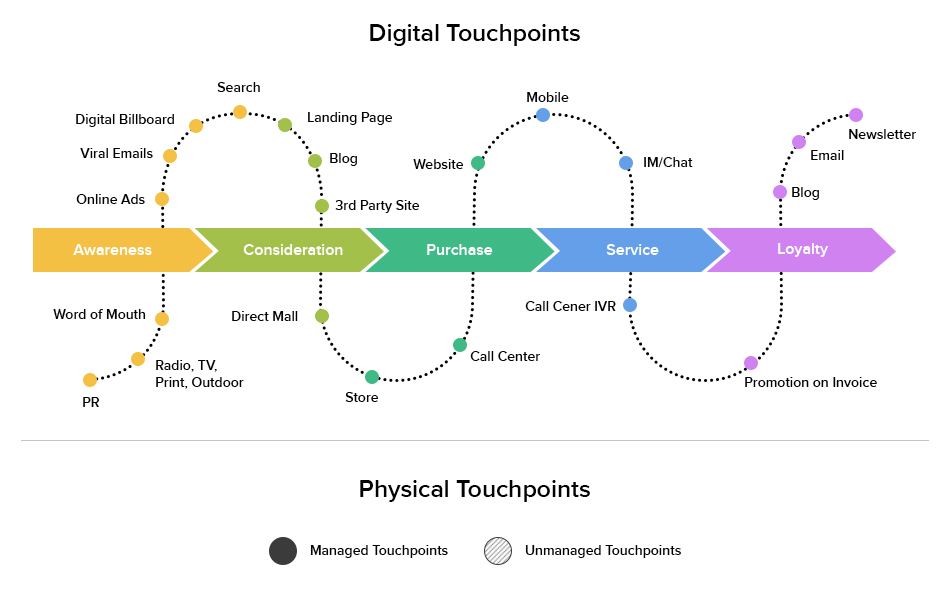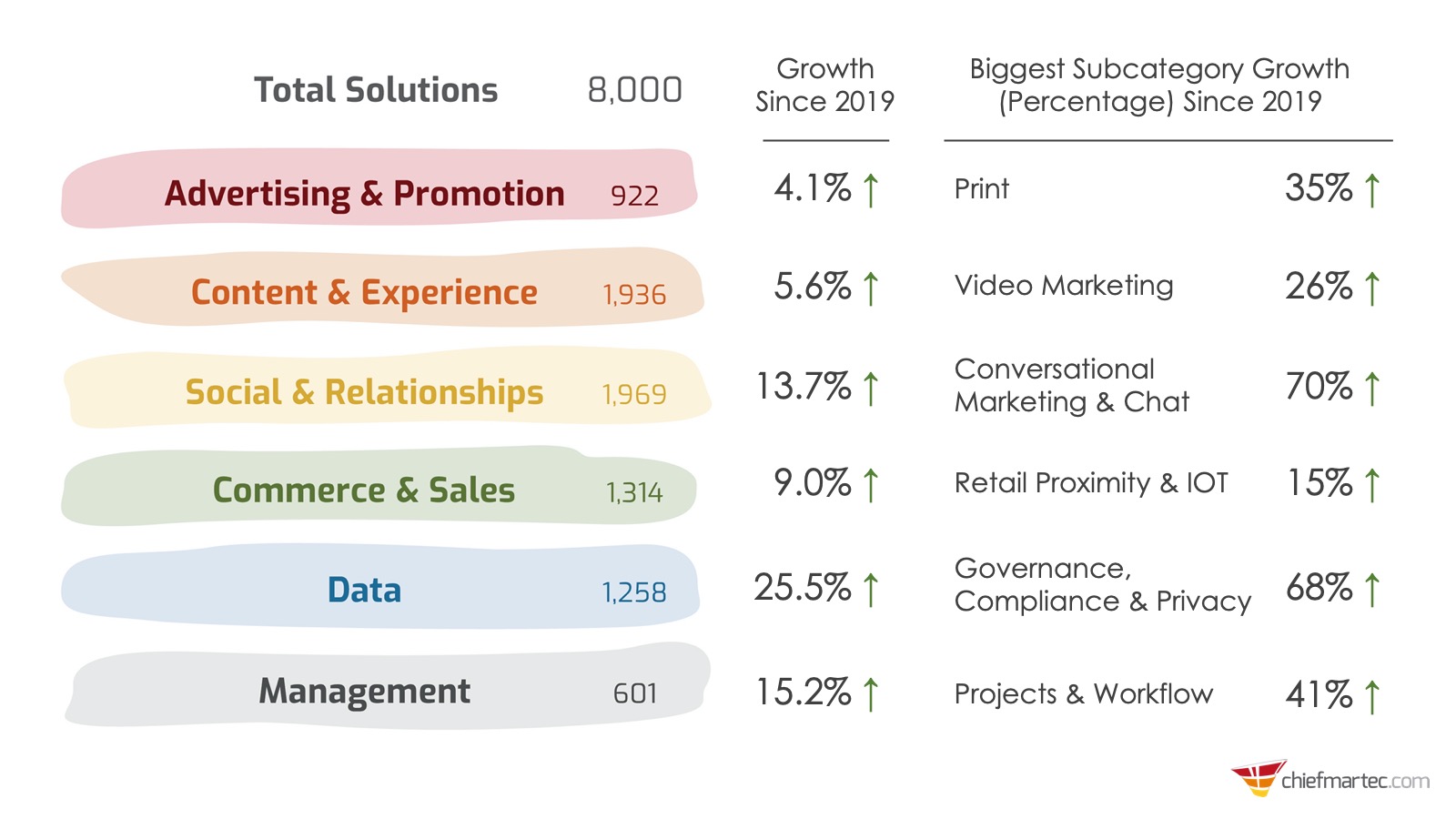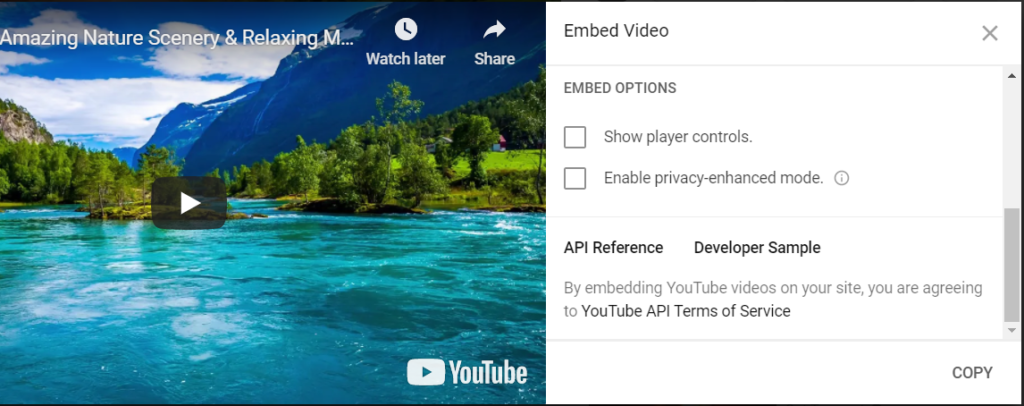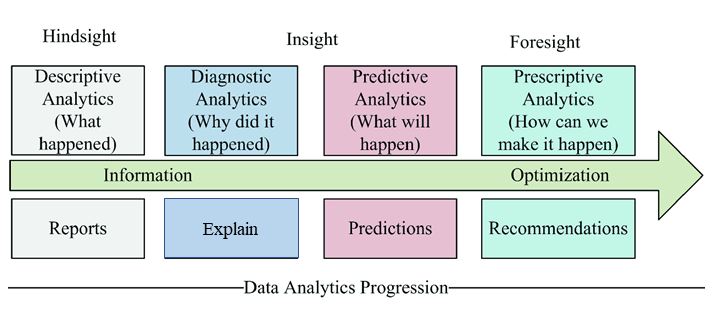Searched for “NFT meaning” in the past week? If not, you are missing a hype. But very likely you have and seen brand names jumping in for NFTs. They included NBA, Louis Vuitton, F1 Racing, Nike, and even Taco Bell.
NFT stands for the non-fungible token running on the blockchain. For a long time, your Clicademist has struggled to find an approachable link between blockchain and marketing. The sudden surge of NFT means it is time for marketers to take blockchain marketing seriously. Read on to know what, why and how.
NFT meaning
NFTs are non-fungible tokens. Fungible is an economic term for things of which any individual part is so alike others that they are mutually exchangeable. For example, on the blockchain, bitcoins are fungible, just like gold is fungible in the physical world. But the NFT can turn a piece of image.jpg on the Internet into a non-fungible asset, just like a golden palace is not easily exchangeable in the land of fairytales.
The magical touch is to stamp a digital property with the “smart contract” to mark its unchangeable ownership that everybody can trace.
With everything becoming more digital, so claims the Ethereum, NFTs provide a solution to add scarcity, uniqueness, and proofs of ownership to almost any assets.
NBA is selling “scarcity”. What is so rare?
Using NFT, NBA Top Shot becomes one of the first big brands to do content marketing on the blockchain. In October 2020, Dapper Labs launched the NBA Top Shot App with the tagline of “Own the best moments from NBA history”. A LeBron James moment of dunk NFT is priced at $213,000. The news says that by the end of February, trading of NBA Top Shot NFTs amounted up to $230 million, with the App still in the Beta version.
The arguments for NFTs are that they make digital properties rare, unique, and, therefore, valuable.
But wait a minute, how can NBA slam dunks be rare and scarce? There are tens of thousands of such moments. If those can be the cases of rarity, then how many rare and scarce moments can Walt Disney dig out of its Vault?
Rarity and scarcity may be true to luxury and exclusive brands. But for mass entertainment and sports brands, there must be something else that matters. That is the ownership mint by the smart contracts.
Smart contracts
Says Investopedia, “A smart contract is a self-executing contract with the terms of the agreement between buyer and seller being directly written into lines of code. The code and the agreements contained therein exist across a distributed, decentralized blockchain network. The code controls the execution, and transactions are trackable and irreversible”.
NFT trading and transactions are a chain of automatic executions of smart contract codes. The smart contracts confirm the transfers of ownership of assets from one to the next person.
Before NFTs, smart contracts were not easily accessible to consumers. One way to experience it was to buy and sell cryptocurrencies. Other forms of smart contracts were for B2B transactions in finance, energy, shipping and transportation industries.
The NFTs move smart contracts much closer to ordinary consumers. The Ethereum presents the cases of NFTs in the following areas. Most of these areas are related to consumer markets.
After the craze, marketing
NFTs at this moment are a craze. Spending $210,000+ to own some bytes of NBA_dunk.mp4 would never make sense. This bubble will burst to put one more creepy stigma on this crypto thing of blockchain.
But in the positive views, the true NFT meaning is to bring the technology of smart contract on the blockchain one step closer to ordinary consumers. This gives brands, especially those with items that need to be owned, unlimited rooms for marketing on the blockchain, which is to become the new Internet of Assets.
- Click to Join Clicademy for more technology in marketing reading.
- Click to access real-time analytics data of Clicademy.
















